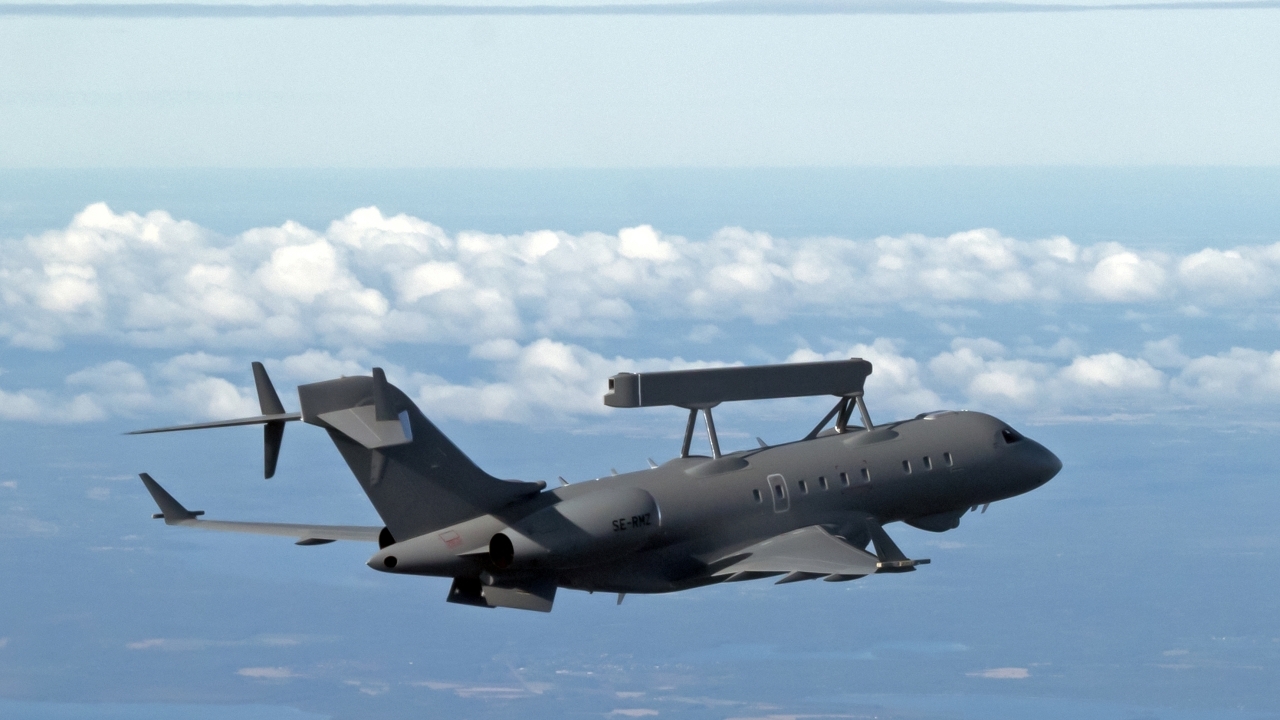Sikorsky's Seahawks on the crest of a Saudi wave
The Sikorsky S-70 is increasingly becoming the backbone of Saudi Arabia’s rotary-wing fleet and, as Jon Lake reports, a number of S-70 and UH-60 variants are now spread across several of the kingdom’s military and parapublic air arms.

On September 13, Sikorsky delivered the first MH-60R Seahawk maritime helicopter for the Royal Saudi Naval Forces (RSNF) during a ceremony in Owego, New York. The Seahawk is the navalised version of the S-70 family.
Procurement of the Seahawk was launched in 2013, and a $1.9 billion intergovernmental foreign military sales (FMS) agreement for the purchase of 10 MH-60R helicopters was signed at the end of 2015. The contract stipulated that the first helicopter would be delivered by October 31, 2018.
The new helicopter was required to equip the four multi-mission surface combatant (MMSC) ships ordered for the Saudi Eastern Fleet. These vessels are based on the US Navy’s Freedom-class Littoral Combat Ship (LCS) design.
The new Seahawks will join an existing rotary-winged fleet that includes 12 Airbus Helicopters AS 532SC Cougars, 15 Airbus Helicopters AS365F Dauphins, and six Airbus Helicopters AS565MB Panthers.
The Seahawks will be equipped with AN/APS-153(V) multi-mode radar, AN/AAS-44C(V) multi-spectral targeting systems forward-looking infrared sensors, and APX-123 IFF transponders.
They will be supplied with 1,000 AN/SSQ-36/53/62 sonobuoys and weapons, including the AGM-114 Hellfire missile, APKWS II 70mm laser-guided rockets, and Raytheon Mk 54 lightweight hybrid torpedoes, as well as M240D and GAU-21 door gunners.
General Fahd bin Abdullah Al-Ghufaili, commander of the Royal Saudi Naval Forces (RSNF), said that the Seahawks would enhance the forces’ capabilities and would enable them to meet all regional challenges and threats, while contributing to partnerships with other navies to enhance maritime security in the region.
The navy’s Seahawks will join about 50 S-70A/UH-60 Blackhawks operated by the Royal Saudi Land Forces.
About 70 aircraft – S-70 Black Hawks, some of which are designated as UH- and MH-60s and S-70i International Black Hawks – have already been delivered to the Royal Saudi Land Forces, the Ministry of Interior’s General Civil Defence Agency (GCDA) and the newly established air element of the Saudi Arabian National Guard.
The land forces acquired a single S-70A VIP helicopter, 12 S-70A-1 Desert Hawk utility helicopters and about 24 UH-60Ls, delivered between 2008 and 2014.
Between three and five S-70i International Black Hawks are assigned to the GSAC – the paramilitary wing of the presidency of state security. These augment 14 S-92s in providing helicopter support to the kingdom’s counter-terrorism forces.
About 24 UH-60Ms serve with the Saudi Arabian National Guard, and more are due to be delivered. The major 2010 arms deal with the US included authorisation for 72 Sikorsky UH-60M Black Hawks, but so far the only contracts have been for the 24 aircraft referred to above, that are now in service, and a 2018 contract for 17 further UH-60M aircraft – eight for the National Guard and nine for the Royal Saudi Land Forces Airborne Special Security Forces.
Saudi S-70 numbers are set to soar following the 2016 signing of an agreement between Sikorsky and Taqnia Aeronautics, which aimed to establish a joint venture that will explore helicopter production opportunities in Saudi Arabia.
In May 2017, a further agreement saw the kingdom express an intent to procure more than $28 billion worth of equipment from Lockheed Martin, including integrated air and missile defence systems, combat ships, tactical aircraft and helicopters. The new agreement included $6 billion for around 150 S-70 Black Hawk utility helicopters, with final assembly and completion by Taqnia.
Alan Chinoda, chief executive of Lockheed Martin Saudi Arabia said: “This would be Black Hawk helicopters produced by Saudis for Saudi Arabia; we plan to invest more than a million hours in this endeavour.”
The programme supported Saudi Arabia’s ‘vision 2030’ by creating 450 jobs in the kingdom and by developing local capabilities through technology and skills transfer, thereby enhancing the US-Saudi global security partnership.
Deliveries were scheduled to begin in October 2017 and to conclude by the end of June, 2028, but this programme appears to have been delayed.
Stay up to date
Subscribe to the free Times Aerospace newsletter and receive the latest content every week. We'll never share your email address.

